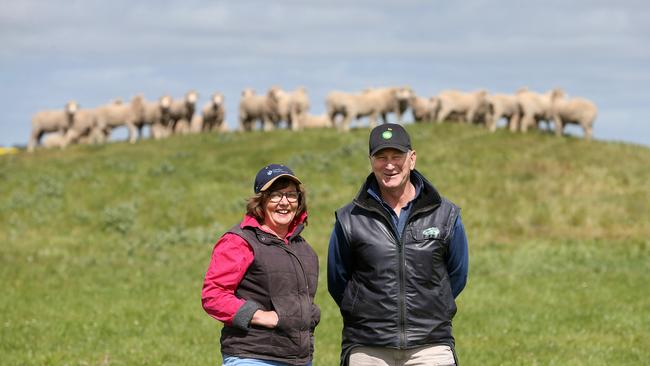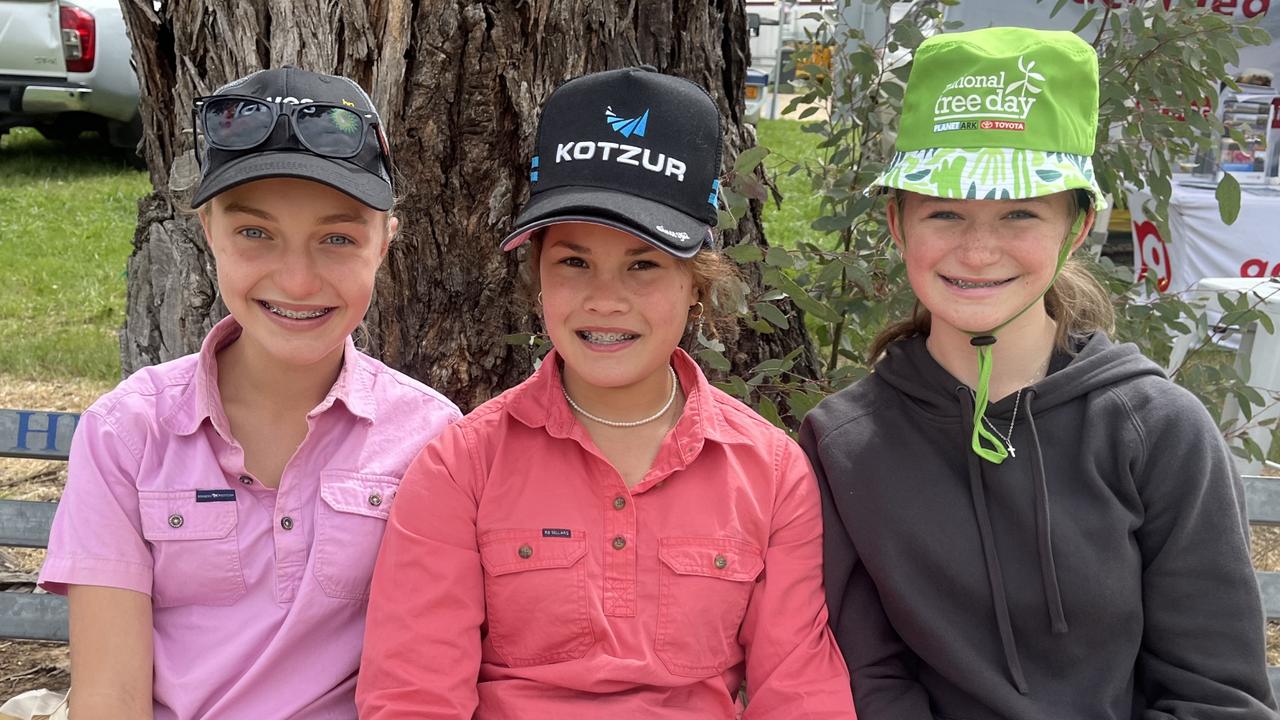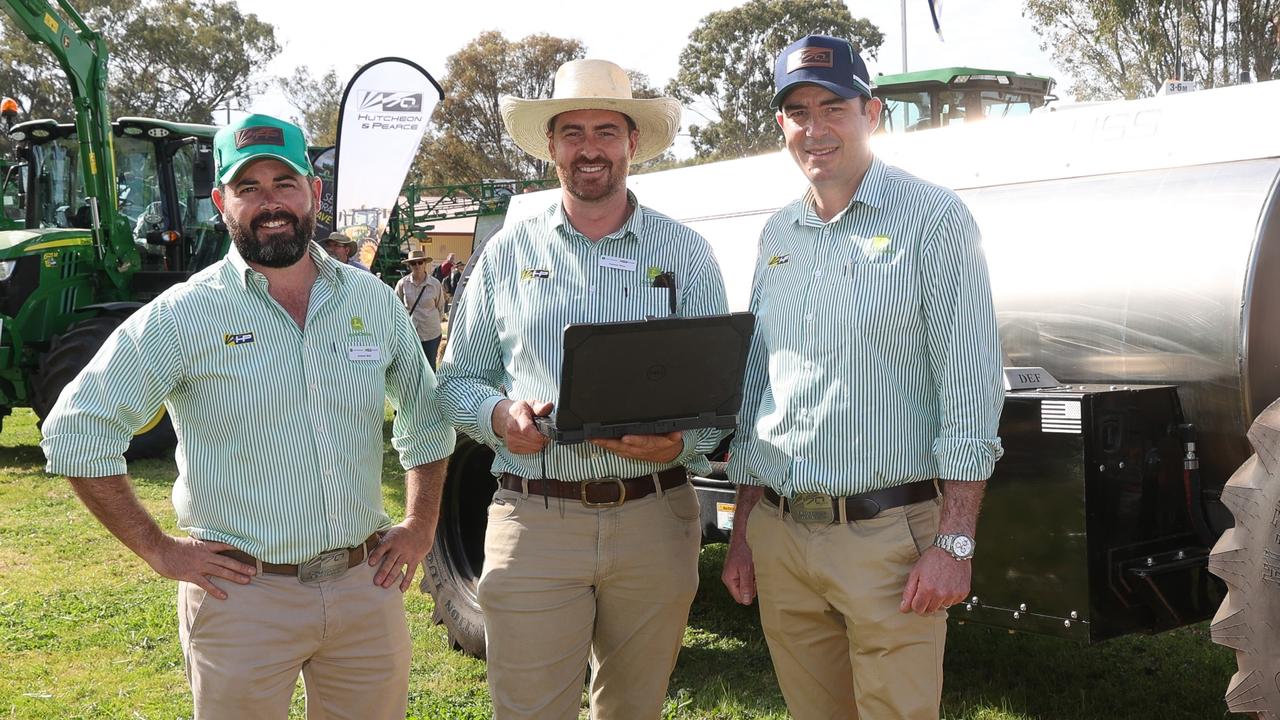Versality of Merinos helped Willaura farmer survive wool downturn
PETER Price has seen many Southern Victorian farmers make a considerable shift away from sheep breeding in recent years, but he still sees many advantages, particularly with Merinos and Poll Merinos.

PETER Price has seen many southern Victorian farmers make a considerable shift away from sheep breeding in recent years.
But he still sees many advantages, particularly with Merinos and Poll Merinos.
The mixed sheep and cropping farmer from Willaura said even before the upturn in the wool market, it was still worthwhile including Merinos and then Poll Merinos in his operation because of their versatility.
“There is and was a really good place for sheep on the property even though it was more challenging when wool prices weren’t as good,” Mr Price said.
“We decided only to run ewes ever since the downturn because we could get a lamb out of them and then sell our young wether lambs over the hooks.
“That’s been working really well for us as we get a fleece of hogget wool from the wethers which is usually our best-selling wool because it’s the finest and we grow them to this particular weight
and then hook them.”
Mr Price runs a flock of 3000 Poll Merinos, 1200 of which are breeding ewes as well as 500 first-cross ewes.
He also has 700ha of cropping land which did increase while wool prices were low.
They use genetics from Stud Park South Merino stud who sell at the Southern Victorian Merino Field Days.
They have bought Poll Merino rams for the past three years and horned-Merino rams for the five years before.
“We decided to switch over to polls purely for the fact they are easier to handle and their growth rates are really quite good,” he said.
“The growth rate has been particularly good for selling the wether lambs because the progeny of the polls grow a lot quicker and getting to the weight we want to be able to put over the hooks.
“We try to get them to 22-24kg carcass weight.”
Mr Price said strong fertility was also a feature of the Stud Park South bloodline.
“We have been on average at 100 per cent lambing most years for the Poll Merinos so we’ve been pretty happy with that. Some years are even better,” he said.
“The mothering is very good, they’re very maternal.”
He said he had always been happy with the wool cut and quality, especially during the harsher seasons like last year.
“This year we would’ve averaged about 7kg a head unskirted while skirted was around about 5.5-6kg.
“Obviously some years you cut a bit less or more depending on the season but the Stud Park sheep are bred for this particular weather so cope well,” he said.
“Our hogget wool is usually about 16-17 micron and we average about 20 micron, what you would call medium micron.
“This year we got a great price, the hoggets wool made about 1450c/kg which was really good and we averaged nearly $2000 a bale, the best we’ve done in a long time.”


